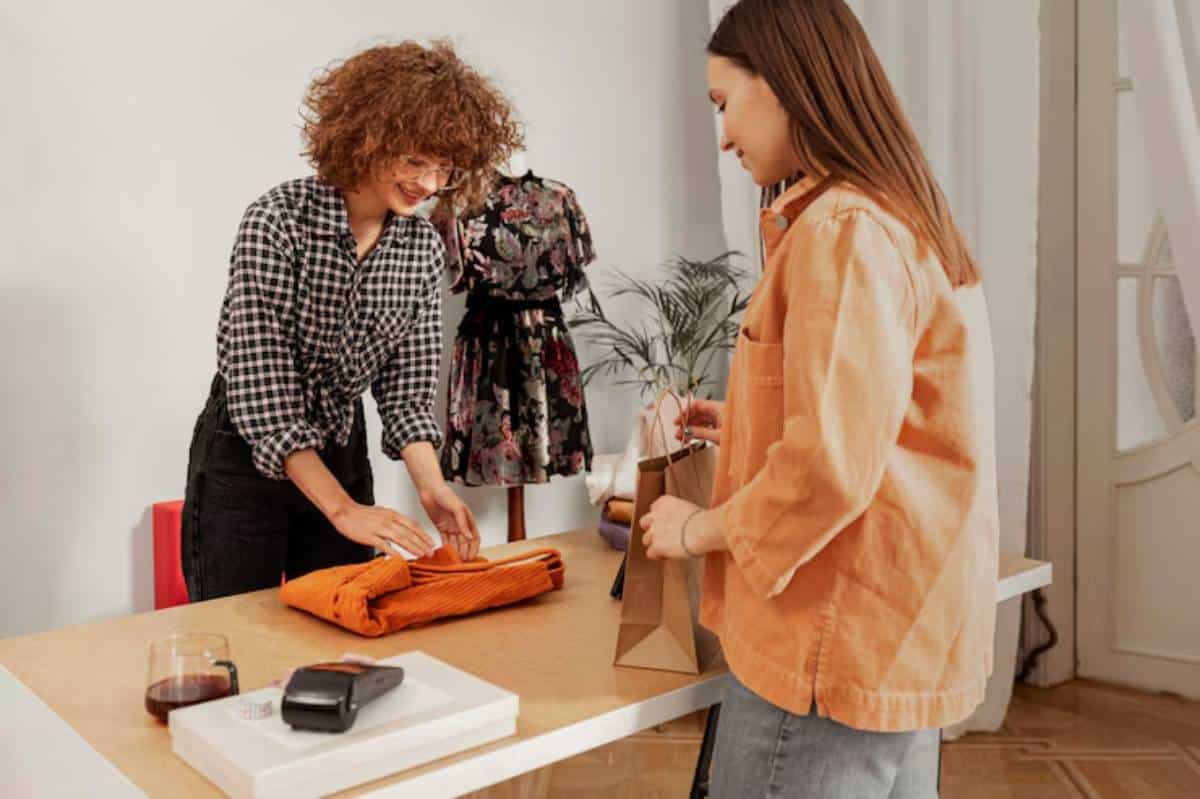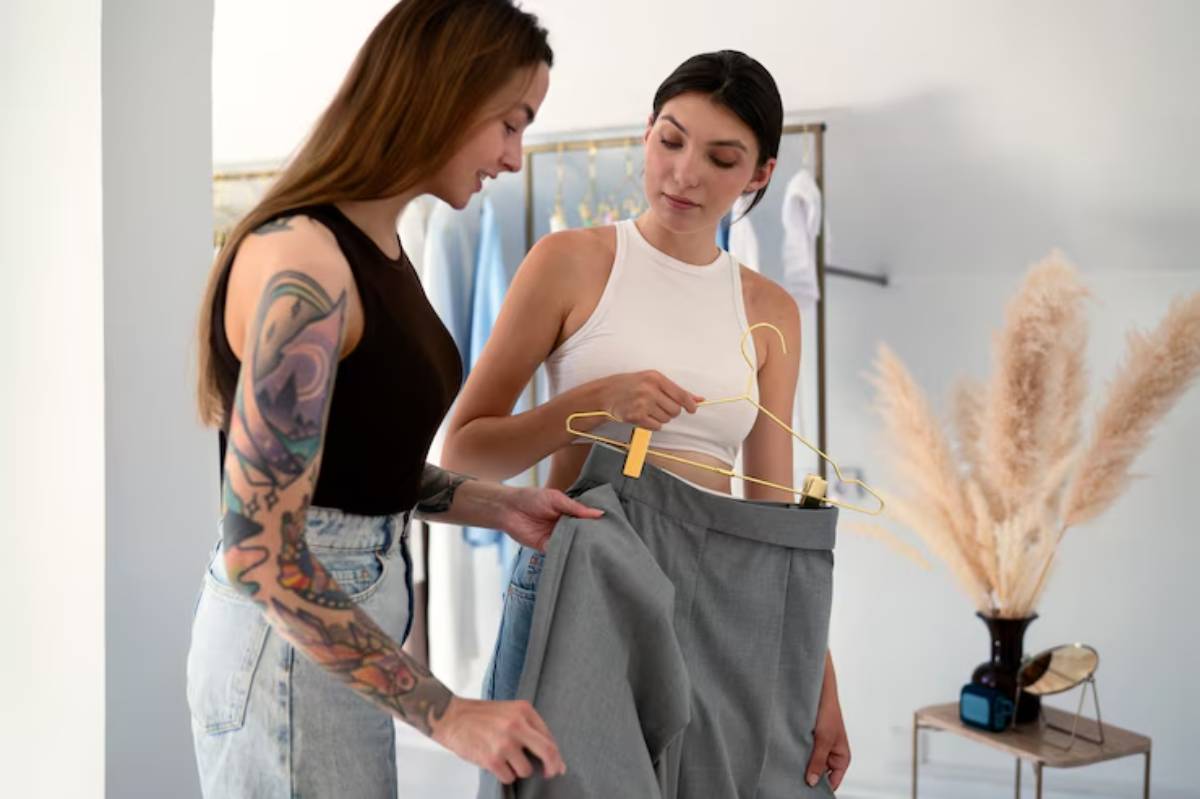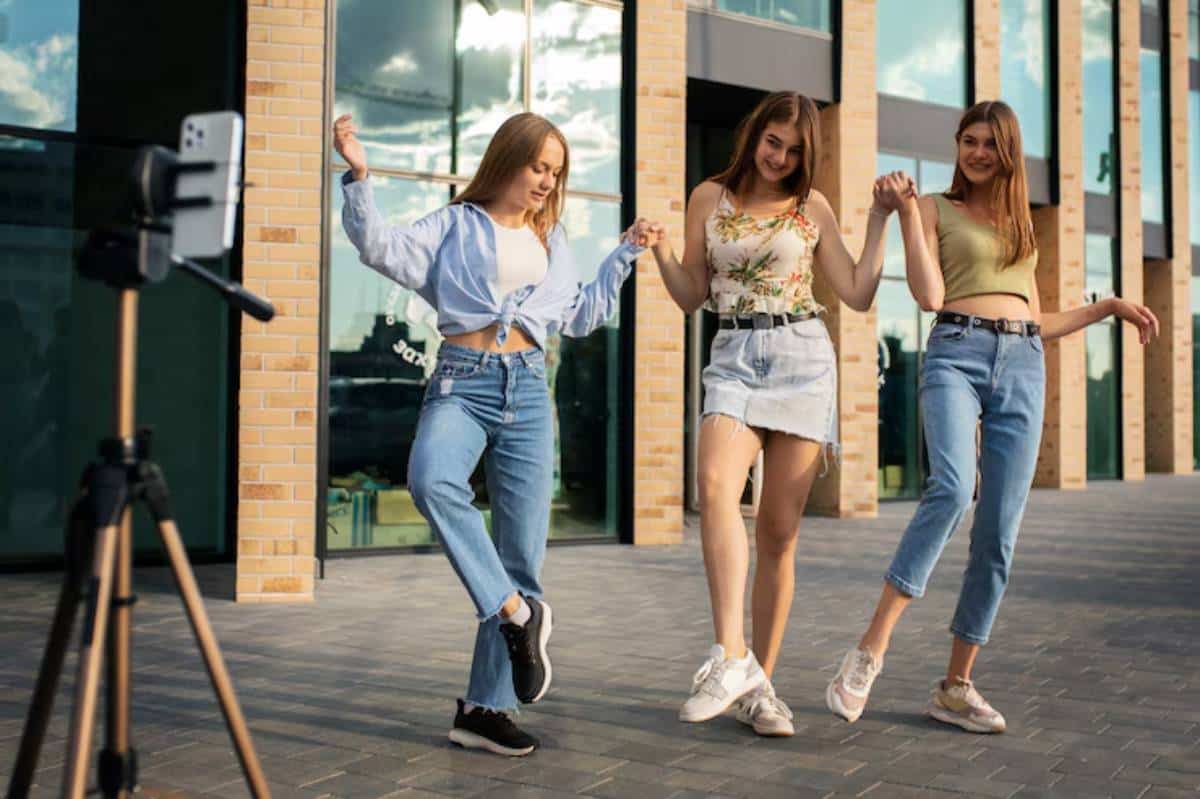
How Influencers Are Making Green Fashion Cool
Have you ever stopped scrolling to admire an outfit on Instagram? Or saved a TikTok for style ideas? If so, you know how influential digital fashion influencers can be. In recent years, a new trendsetter has appeared. This person values sustainability as much as style.
Eco-friendly fashion has changed. It’s no longer just beige sacks or pricey basics. More ethical fashion leaders make green fashion bold, inclusive, aspirational, and cool.
This article looks at how influencers are changing sustainability in fashion. Today’s eco fashion leaders are breaking stereotypes. They are redefining luxury and shining a light on emerging brands. They also reshape consumer behaviour. These efforts make conscious clothing not just acceptable, but desirable. Discover their impact!
Why Influencers Matter in the Green Fashion Movement
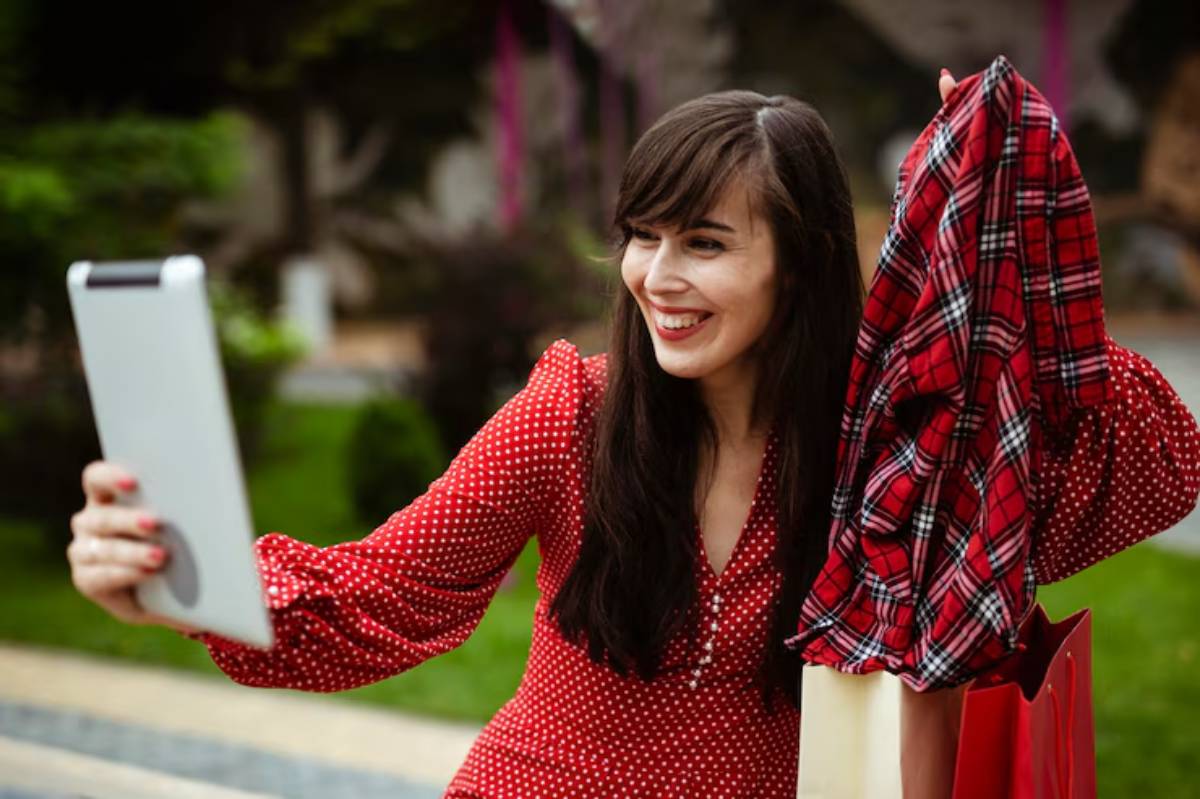
The Power of Influence
Influencers attract millions of viewers every day. Their reach rivals that of top fashion brands. They connect with followers. They are relatable and approachable. They often talk to followers as friends, not marketers. This gives them the unique power to normalise new ideas and shift mindsets.
A 2023 YouGov study found that over 70% of Gen Z shoppers are swayed by social media when buying fashion. Influencers can make ethical clothing popular. This helps turn sustainability from a niche issue into a mainstream trend.
Bridging Fashion and Education
Sustainable influencers stand out because they blend inspiring visuals with useful information.
They:
- Break down terms like “slow fashion” or “greenwashing.”
- Share the human cost of fast fashion
- Provide alternatives such as secondhand shopping, rentals, and ethical brands
- Promote repair, reuse, and responsible styling
Instead of pushing consumption, they inspire consideration.
The Rise of Ethical Fashion Trendsetters
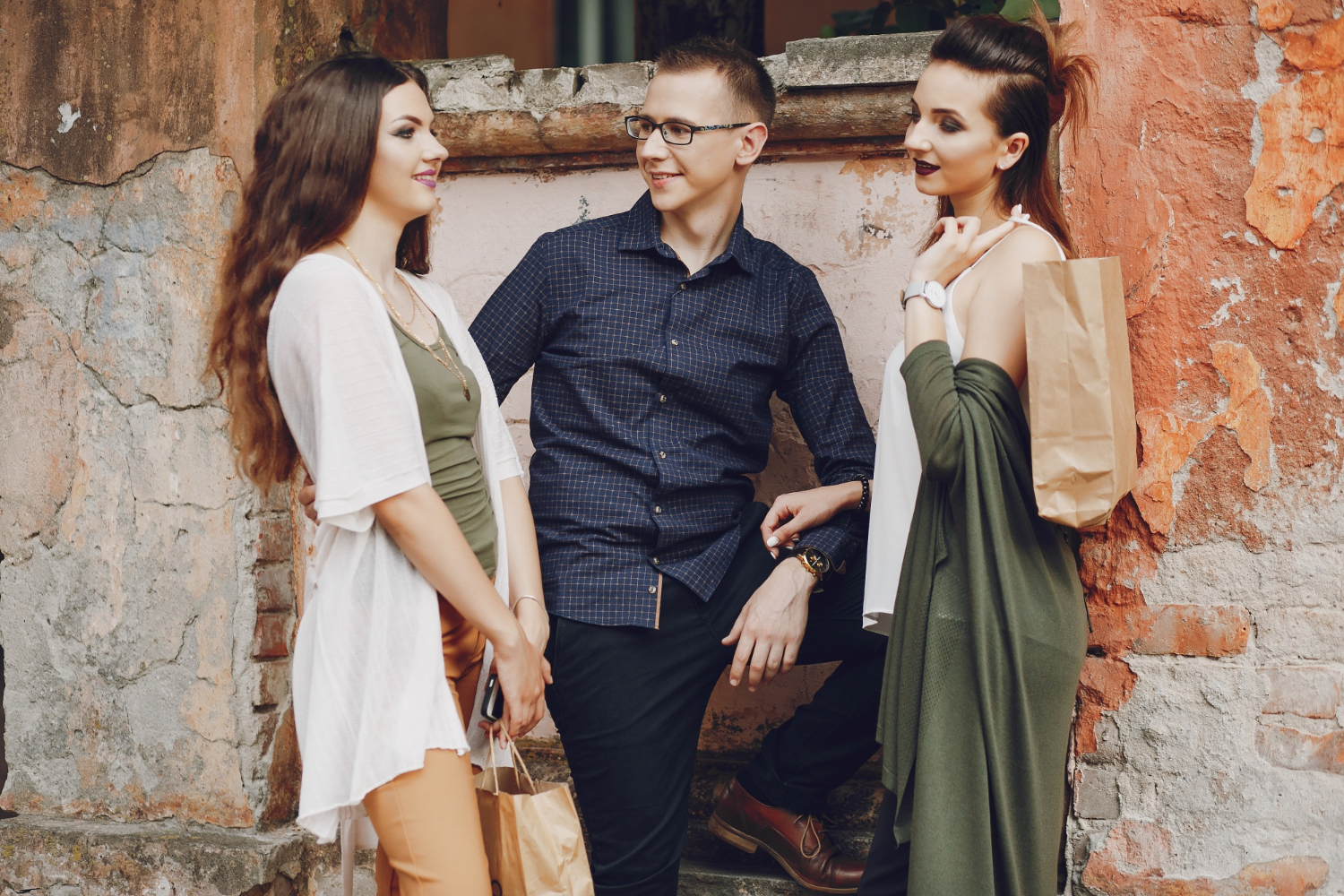
Style with Substance
Ethical fashion leaders emphasise purposeful style, which makes them different from traditional influencers. Those influencers often rely on trends and shopping sprees. Ethical fashion leaders promote reusing and shopping from their own closets. They also highlight the people and processes behind the clothes.
Consider Venetia La Manna. Her posts mix outfits and activism. She highlights brands while showcasing ethically sourced staples. Or Aja Barber, who uses fashion as a lens to unpack colonialism, privilege, and climate justice.
Making Sustainability Visually Appealing
One of the hurdles ethical fashion has faced is perception. It’s long been seen as “boring”, “plain”, or only for the elite.
But influencers are changing that by proving that green fashion can be:
- Bold and expressive
- Glamorous and high-end
- Colourful and street-savvy
- Accessible and body-positive
These content creators create appealing visuals to attract people’s attention. Once they’ve paused to check it out, they educate them.
How Digital Eco Fashion Is Reframing the Narrative
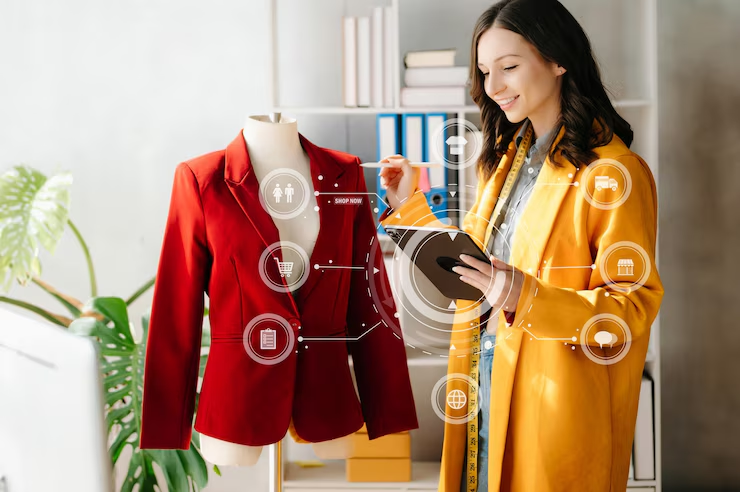
1. From Fast to Slow, Without Losing the Fun
Fast fashion feeds on quick dopamine hits. Influencers used to model “new in” hauls weekly. Now, digital eco fashion pages model mindful consumption with the same energy.
Creators share:
- “30 wears” challenges
- Capsule wardrobe tours
- Upcycled outfit reveals
- “Outfit repeating” celebrations
This approach makes slow fashion feel vibrant rather than restrictive.
2. Normalising Secondhand and Swaps
Secondhand fashion, once viewed as “lesser” or just budget-friendly, is now glamorised. Creators proudly display their charity shop treasures or Depop gems.
Hashtags like #SecondhandFirst and #ThriftedOOTD are reshaping the narrative. Influencers are proving that preloved can be as stylish (or more so) than mass-produced.
For example, you can pair thrifted leather jackets with designer boots. Or, turn an oversized shirt into a two-piece set. This shows off your creativity and supports sustainability.
If you’re curious to try this approach, check out this guide on how to upcycle kids’ clothes as they grow for family-friendly ideas.
3. Highlighting Ethical Brands in the Right Way
Ethical influencers don’t just share affiliate links. They dig deeper by reviewing fit, durability, pricing, and brand transparency.
They may even:
- Visit production facilities
- Interview the founders and garment workers
- Break down the cost-per-wear and fabric sourcing
- Compare “conscious collections” across retailers
This close look builds trust in the recommendations. It also makes followers think twice before they buy on impulse.
Many influencers focus on small, independent, or BIPOC-owned sustainable brands. This choice helps these brands gain visibility beyond just the big names.
Influencer Impact: Shifting Culture and Consumer Behaviour
Challenging Greenwashing
Fast fashion brands are using the sustainability story, so we need informed voices. They can spot false claims and half-measures.
Influencers such as Venetia La Manna and Kristen Leo often highlight misleading language. They call out vague promises and campaigns that lack substance. This accountability keeps both consumers and companies informed.
Encouraging Small Changes
The best influencers don’t demand perfection—they champion progress.
Their posts may prompt followers to:
- Swap one fast fashion habit for a better one
- Try a secondhand store before heading to the high street
- Research the ethics of a brand before buying
- Repair rather than replace
These micro-shifts lead to macro change and make sustainability less daunting.
The Power of Relatability and Representation
Inclusivity in Ethical Fashion
Historically, sustainable fashion has struggled with elitism and a lack of representation. Influencers are breaking that barrier.
You’ll now find creators across:
- Size ranges (celebrating body diversity)
- Ethnic backgrounds
- Gender expressions
- Socioeconomic realities
People thrift for different reasons, like need or passion. Their platforms prove that conscious fashion isn’t just for one kind of shopper.
Real-Life Styling That Resonates
It’s one thing to see a model wear a £300 dress made of organic hemp in a campaign. It’s another to see a mum of two style the same pair of jeans three ways across school runs, brunch, and Zoom meetings.
This practical approach builds trust. It also helps followers integrate sustainability into their lives.
Examples of Influencers Making a Difference
Here are some creators who show the move from passive fashion to ethical trendsetting:
- @greengirlleah (Leah Thomas): Founder of Intersectional Environmentalist, blending style and activism
- @raquel_cintra_: Colourful thrift looks with personality and joy
- @shelbizleee: Practical sustainability advice, including fashion tips and ethical hauls
- @thriftywitch: Maximalist secondhand fashion with a dreamy aesthetic
- @slowfashionmom: Family-friendly sustainability inspiration with honest advice
These voices aren’t just building followings—they’re building community.
For more inspiration, explore these Instagram pages for thrifted outfit inspo that brings secondhand styling to life.
What the Future of Fashion Influence Looks Like
More Brand Collaborations with Purpose
Look for more partnerships between ethical influencers and sustainable brands. These partnerships will not only focus on advertising but also include product development, consultation, and co-designed lines.
These collaborations help ensure real accountability and align marketing with values.
Expanding to Other Platforms
Instagram is still important, but YouTube, Substack, and TikTok are growing the reach of digital eco fashion. Long-form content allows deeper dives into education, while short-form makes conscious style trend-friendly.
Check out sustainable fashion YouTube channels. They offer inspiration and insights on ethical clothing.
Conclusion: How Influencers Are Making Green Fashion Cool
In a world where fashion values trends more than truth, ethical trendsetters are changing the game. These influencers are not just sharing outfits. They are building a movement focused on mindfulness, fairness, and self-expression.
They’re putting sustainability in the spotlight. It’s cool to care, stylish to slow down, and empowering to make better choices. Their influence goes beyond the screen. They guide millions to build responsible wardrobes and a hopeful future.
So the next time you open your app, remember that your follow, like, and share are not just supporting a creator; they’re supporting a culture shift.
Curate your feed with intention. Let it reflect the values you want to wear.
